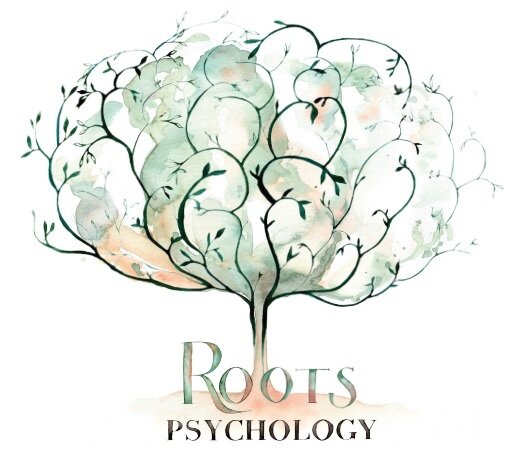Anxiety Explained….for younger children
Blog post written by Dr Catherine Pitfield, Clinical Psychologist (Roots Psychology) working in Brighton and Hove.
Our brains control our bodies, and different parts of the brain control different things. The brain is also where our feelings come from. Two parts of our brain are used for thinking and feeling, we could call these:
1. The Chimp Brain
2. The Human Brain
The reason we do this is because part of our brain is the same as a Chimps brain!! (**it’s not actually a chimps brain, but we’re calling it that as a chimp has a part of it’s brain just like this**)
Imagine a chimp is in the forest finding some food, and it sees a lion. Lions attack chimps and the chimp needs to stay safe. The chimp has to act quickly so as it survives. The chimp brain is really useful for this, it can either:
• Help the chimp run away (“flight’)
• Power the chimp to attack the Lion (“fight’)
• or will make the chimp stop and be still like a statue (“freeze”).
We don’t want the chimp to have a human brain. If it thinks like a human, it may think about how fast the lion moves, where the lion came from, it may wonder if there are any other lions around and so on. By the time the human brain has done all this thinking then the chimp could be captured by the lion.
HOWEVER…..
We still have a chimp brain, and its main job is to try and keep us alive. If we feel anxious or worried this can make our brains feel that we are under threat. These feelings can cause our chimp brain to take over.
Our chimp brain responds really quickly, sometimes this is really helpful, but a lot of the time it gets confused about the danger it is in and responds too quickly, and unhelpfully.
When something seems scary or dangerous our bodies get us ready to fight or flight (run away). This fight or flight reaction makes us feel strong feelings in our body and mind. You might feel:
· Dizzy
· Butterflies in tummy
· Shaking legs or hands
· Hot face
· Heart beating faster
· Lungs breathing faster
Usually, our bodies go into “fight or flight” only when there is something to fear. Sometimes, adrenaline is released into your body even if the scary thing is a thought or idea, such as “something bad may happen to me”.
This can leave you with lots of physical symptoms of anxiety even though there isn’t anything physical to fight or run from. The physical symptoms of anxiety can feel scary but they won’t hurt you. Anxiety will go away on it’s own, in its own time.
It can help to learn skills to manage anxiety to help the feelings disappear quicker:
1. Breathe:
If you make your breathing slower, deeper, and more steady then your body will relax
2. Relax your muscles:
You can relax by letting the tension out of your muscles. A great way to do this is to tense and then relax all of the muscles in your body.
3. Tell someone how we feel:
When we tell someone how we feel it means they can help us with our feelings and understand what we are worried about.
4. Using your human brain:
Our chimp brain has taken over when we feel worried, so we can get our human brain to help us out. This means we need to think about how we are feeling. We can pretend we are being a scientist to our thoughts – a good question to ask yourself is “How likely is it that this worry will come true?” “Has this worry ever come true before?” And if the worry has come true before, how did you manage it then?
5. Be your own cheerleader:
Can you tell yourself a positive coping statement? Such as “I’m going to be alright, I’m just going to relax and everything will be OK”
6. Using your imagination:
Take a deep breath, then imagine yourself in a place or doing something that makes you really happy. Imagine all of the details – the sights, sounds, smells, and tastes. Notice how your body feels when you are in your happy place.
